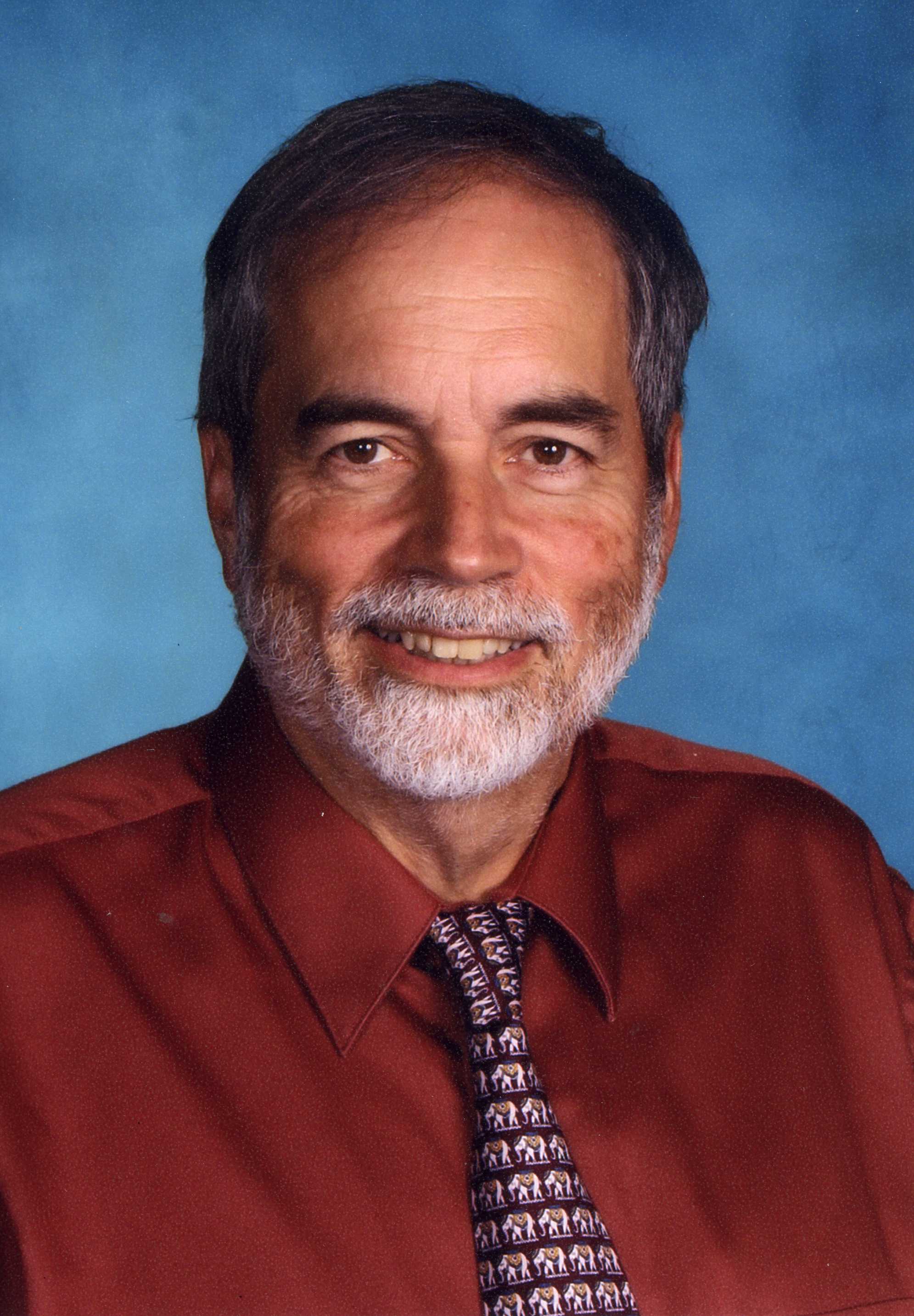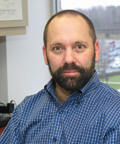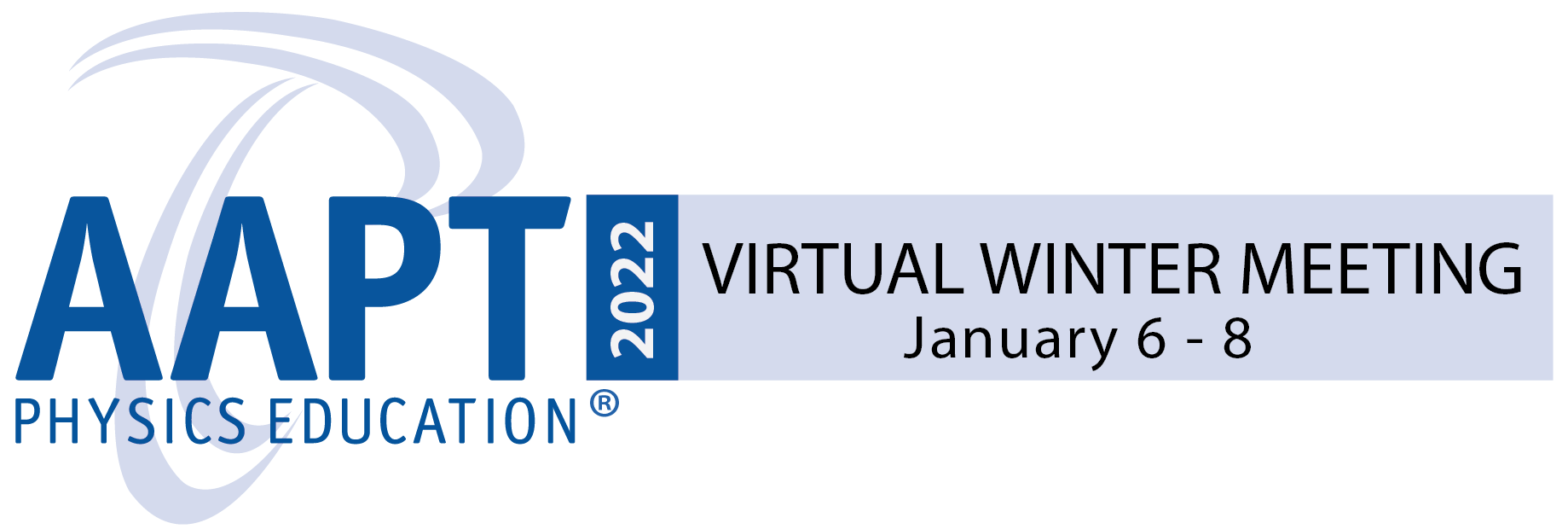January 7 - 1:00 to 2:00 PM

Fred Myers
Physics for All: Wonder, Magnificence, and Joy
Physics educators should strive to reach a far greater percentage of the populous. A wider appreciation and understanding of the laws of physics will help produce a better, more informed citizenry. It behooves physics educators to develop and implement introductory physics courses that are relevant, interesting, inspiring, and joyful … all while setting high expectations for achievement.
Everyone experiences physics in their everyday lives during childhood (from motion to magnets) and begins developing concepts about them. Sadly, only a very low percentage of humans enroll in a formalized physics course during their schooling, and an astonishingly low percentage enroll in a second physics course.
Far too many students avoid physics courses in school because they’ve heard it is very difficult, boring, hard to understand, and “just another math course”. Physics educators at all levels should strive to make a student’s first physics course engaging, interesting, challenging, and fun. Physics is for everyone and should not be treated as an elite course that is reserved for the best and the brightest students. A first-rate introductory course should challenge students’ minds and open their eyes to the magnificence of physics, and leave the students desirous of learning more physics.
January 8 - 10:00 to 11:00 AM

Matthew A. Greenhouse
Astrophysicist at NASA Goddard Space Flight Center
The James Webb Space Telescope Mission
The James Webb Space Telescope is the successor to the Hubble Space Telescope. It is the largest space telescope ever constructed, and will extend humanities’ high definition view of the universe into the infrared spectrum. The Webb will observe early epochs of the universe that the Hubble cannot see to reveal how its galaxies and structure have evolved over cosmic time. The Webb will explore how stars and planetary systems form and evolve and will search exoplanet atmospheres for evidence of life. The Webb’s science instrument payload includes four sensor systems that provide imagery, coronagraphy, and spectroscopy over the near- and mid-infrared spectrum. The JWST is being developed by NASA, in partnership with the European and Canadian Space Agencies, with science observations proposed by the international astronomical community in a manner similar to the Hubble. The Webb is in the final stages of preparation for launch during 2021.





